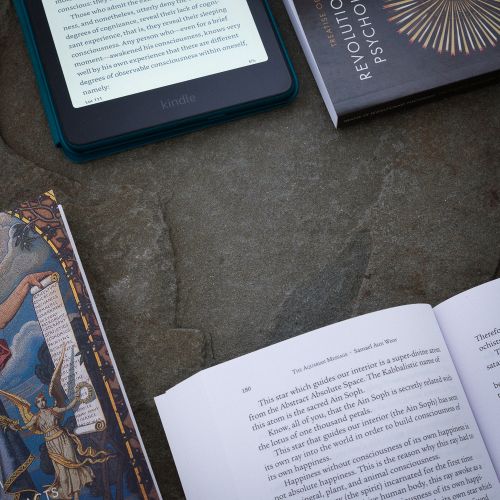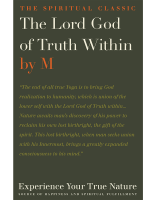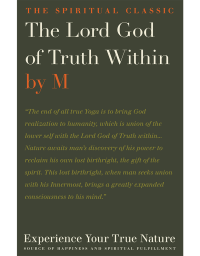There is a division in nature which can be only symbolized. We will call it a causeway, or a sort of “no man’s land.” On one side of this division we find all the higher aspirations of man, all the best ideals that humanity has evolved, and like an army on the other side, stand the great beings of nature.
When the student arrives at a certain state of development, he represents the best in human conduct and experience, then devas from the opposite side, who can walk over this causeway easily, reach forth and lift up the student who is worthy, and place him in the center of the causeway. In this place, he becomes conscious of the light in the distance, and realizes that where he stands is a place of nothingness, and so he sets about seeking to be born into that light, and to unite himself with it.
The world from which he came is dark, but the world in which the devas move has an atmosphere like mother-of- pearl, and the landscape appears to have a rhythmic motion.
This causeway is, however, a place of nothingness, a void. No sound is heard as the student projects himself towards the light. As it comes nearer, more light floods his being. When it recedes, all is void, but he now sees only light, and to it he aspires for union, and he then becomes conscious of a great being beside him. He perceives a light is entering him, and as it enters, he grows stronger; he realizes that he is entering into his own world, into his own kingdom, and everything is changed.
There is one Truth and one Presence, and nothing else matters; all is silence, there is only the light. This is his entrance into his own “halls of learning,” and he must remain in each of these halls, until he has received the wisdom of each life experience, and until he knows the real reason for his pilgrimage.
He is still an individual, but he is told that the time will come when his individuality will be broken up for union with its source. He discovers that, as he progresses, helpers from conscious nature arrive to aid him in his adventure, and that the “engineer” atom in his heart sends “instructor atoms” to guide him in his own “halls of learning.”
Mantras, used rightly, lead to freedom, but if they are used improperly they cause the operator to be enslaved and bound by the powers he evokes. This is the so-called good and evil of magic. When the student meets his teacher, great stress is laid upon the care of the body and the use of imagination, but most students do not have enough patience and perseverance in the development of the physical body. It is the storehouse of all future strength, and although many a man considers himself physically fit, yet he little realizes what it means to make the physical body fit, alert, and ready for any call upon its structure.
The student who seriously takes up Yoga practice, no matter how old he may be, becomes youthful in his desire for adventure. He probes deeply into the world about him, and into the world within. It is a hazardous enterprise, and he realizes that life is worth living. With a strong urge to know, and to conquer himself, he seeks his sovereign goal of liberation, guiding his own chariot with quickened energies. He feels the Presence and the immortality of youth, and a quickening vibration surges through him, for he has discovered a rich abundance within, which he seeks to have and to hold. To be free, to live, and to gain union with the Truth which is within, is his quest.
Such is the journey of youth in the realm of his own spirit and, as he proves himself, he seeks to prove the world without, and to know the truth in history through space and time, and to probe deeply into the secrets of nature. He feels his own strength, governs his passions and desires with a strong hand, and chants a paean of praise glorifying the “Lord within, Youth the Adventurer!”







